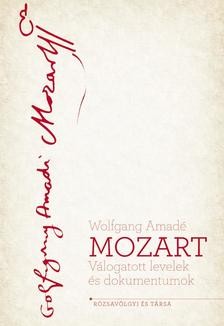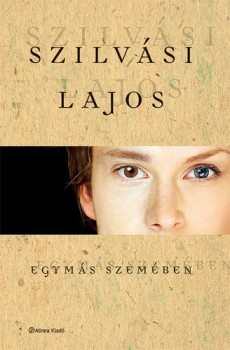Radnóti Miklósné Gyarmati Fanni: Napló 1935-1946 I-II
Radnóti Miklós feleségének, Gyarmati Fanninak naplója 12 éven át íródott, sokszor napi rendszerességgel, még 1935 januárjában kezdte el írni, és 1946 szeptemberében szakadt meg , amikor a meggyilkolt költőt eltemették Budapesten. Bepillantást nyerünk a házaspár torzsalkodásaiba, baráti összejövetelekre nyerünk betekintést, de a történelem alakulását is nyomon követhetjük, egyfajta korrajzot kapunk.










